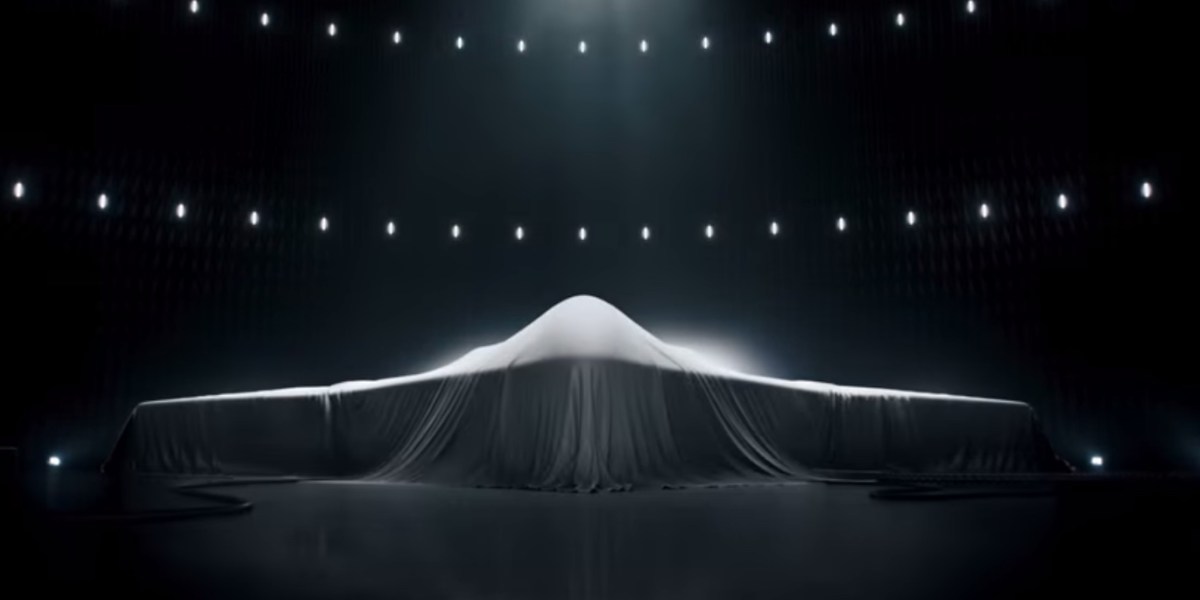BarrelNut said:
dark sidius said:
With what you say about it it will become a big target for S-400, if it have just the stealth capacity for survive.
That doesn't make much sense, considering that the stealth features are the main features needed in avoiding and suppressing S-400 type systems.
Yeah, I think many Mach 3 aircraft look cool as well, but that doesn't make it the right platform for the mission. You'll find what many aviation fanboys don't understand is the mission defines the aircraft, not the other way around. I'm not knocking them for that, I was the same way until I became an Aero Engineer.
It's obvious the NGB mission was based on a supersonic profile, but that also proved too costly, as noted by AeroFranz earlier. To reduce cost, they came up with a subsonic mission profile for the LRSB and found it met cost goals. The B-21 is the result of all of their (Both LM/Boeing and Northrop) design studies to best meet that mission profile.




